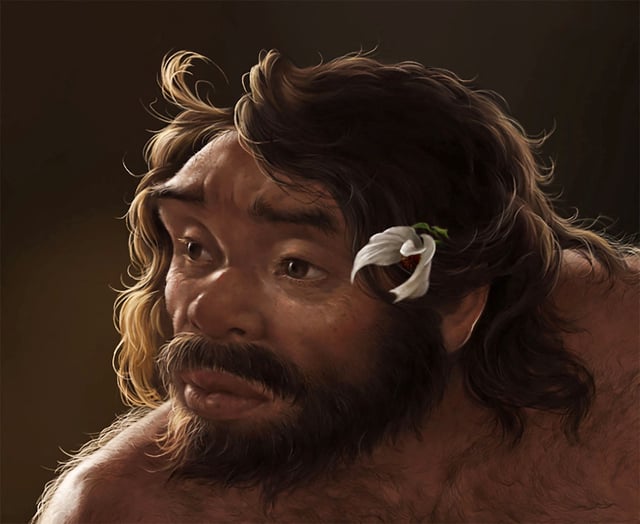Overview
- Published in Science on September 25, the study digitally restores the crushed Yunxian 2 cranium from Hubei and reassigns it from Homo erectus to an early Homo longi member.
- High‑resolution CT and surface scans with geometric morphometrics underpinned a reconstruction protocol stress‑tested in more than 10,000 simulations.
- Dated to roughly 940,000 to 1.1 million years, the fossil’s traits inform a phylogeny proposing deeper splits: Homo sapiens with Denisovan‑related H. longi around 1.32 million years ago and Neanderthals around 1.38 million years ago.
- External experts praise the reconstruction but question the expanded timeline and relationships, noting that DNA or proteins are needed to confirm affinities and divergence dates.
- The analysis clusters many Middle Pleistocene Asian fossils within the H. longi clade, and the team plans broader testing with additional fossils, including a third Yunxian skull found in 2022.



